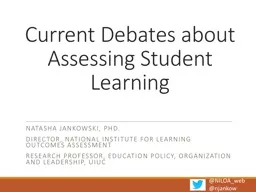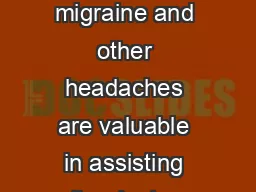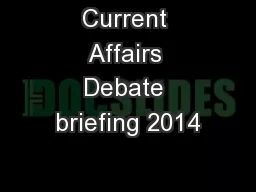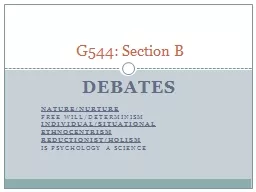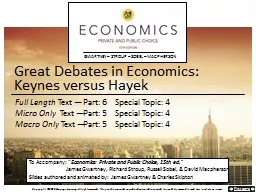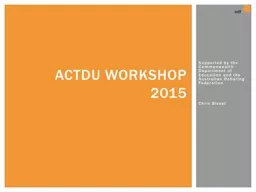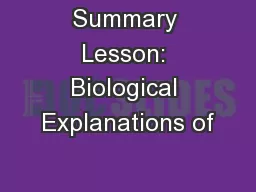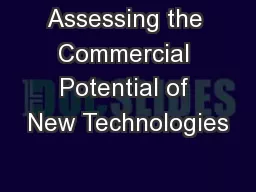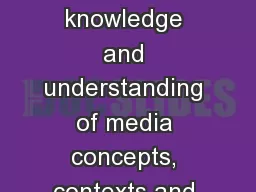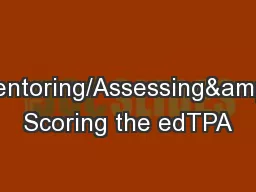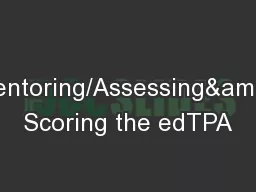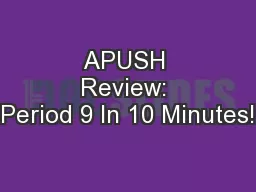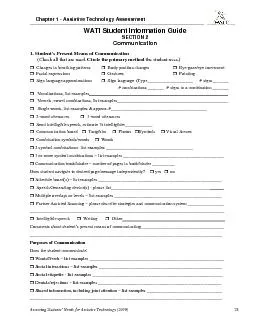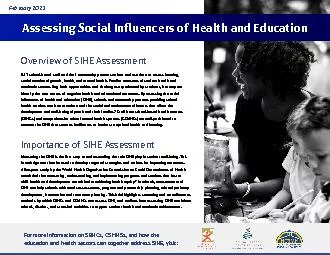PPT-Current Debates about Assessing Student Learning
Author : sandsomber | Published Date : 2020-06-16
Natasha Jankowski PhD Director National Institute for Learning Outcomes Assessment Research Professor Education Policy Organization and Leadership UIUC NILOAweb
Presentation Embed Code
Download Presentation
Download Presentation The PPT/PDF document "Current Debates about Assessing Student ..." is the property of its rightful owner. Permission is granted to download and print the materials on this website for personal, non-commercial use only, and to display it on your personal computer provided you do not modify the materials and that you retain all copyright notices contained in the materials. By downloading content from our website, you accept the terms of this agreement.
Current Debates about Assessing Student Learning: Transcript
Download Rules Of Document
"Current Debates about Assessing Student Learning"The content belongs to its owner. You may download and print it for personal use, without modification, and keep all copyright notices. By downloading, you agree to these terms.
Related Documents

